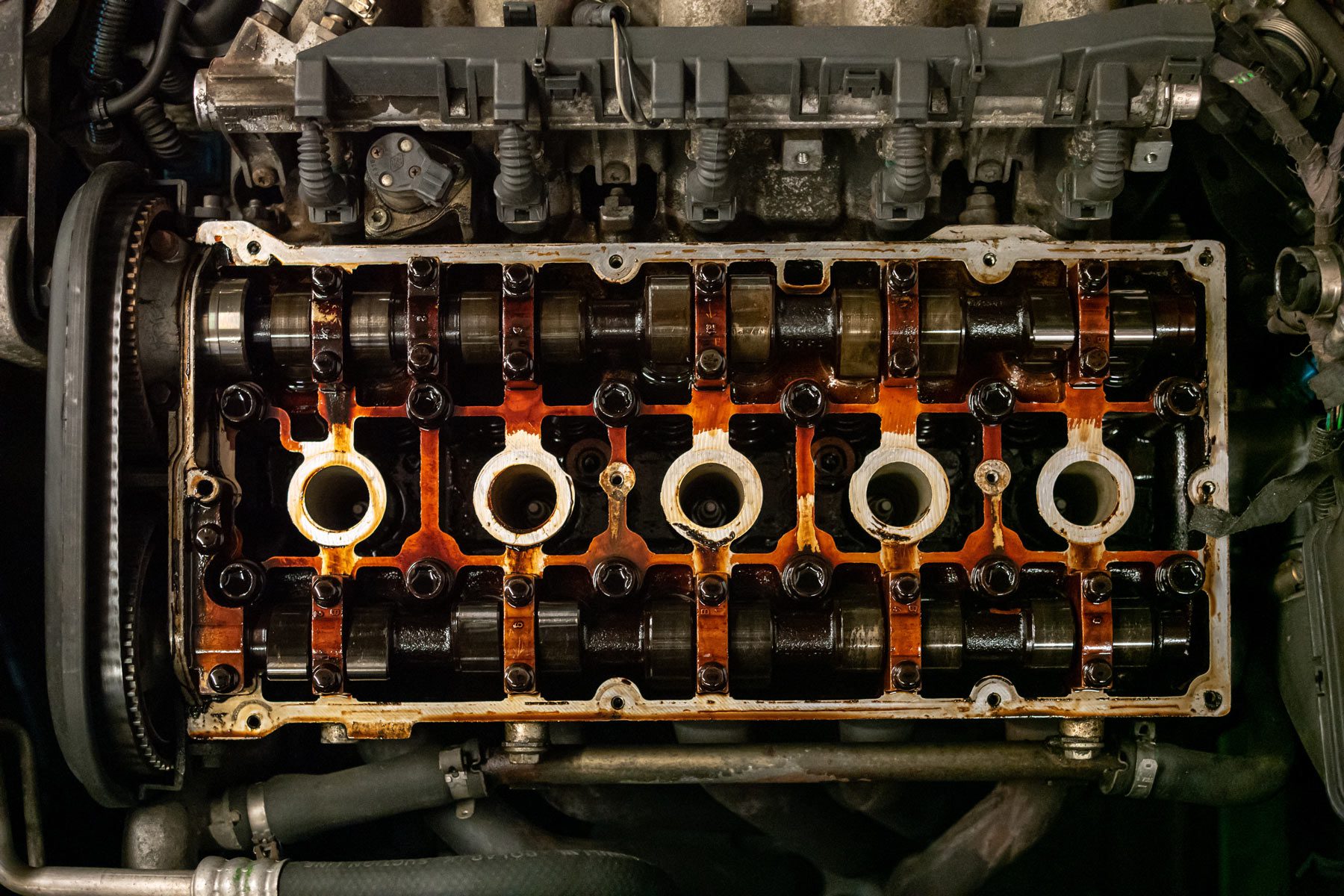Economical Opel Corsa Engine Options for Your Budget plan
Exploring the Inner Operation of a Compact Automobile's Engine System
As drivers, we commonly take for given the detailed processes that happen within the confines of our car's engine system. In this expedition of a compact car's engine system, we will certainly decipher the internal operations of this mechanical symphony, shedding light on the enigmas that drive us onward on our daily journeys.
Burning Refine Overview
The burning procedure in a compact car's engine system is an essential mechanism that effectively transforms gas into energy to power the automobile. This procedure occurs within the combustion chamber of the engine, where fuel and air mix, spark, and generate regulated explosions. The combustion process contains 4 major stages: intake, power, exhaust, and compression.
During the consumption stage, the piston relocates downward, pulling in a combination of air and fuel right into the combustion chamber. The following stage, compression, entails the piston relocating upwards, compressing the air-fuel blend to enhance its effectiveness. Consequently, in the power phase, the spark plug stirs up the compressed blend, resulting in a fast expansion of gases that requires the piston pull back. This downward motion generates the power needed to drive the lorry. In the exhaust phase, the burned gases are gotten rid of from the burning chamber through the exhaust shutoff, preparing the chamber for the following cycle. This cyclic combustion process is essential to the procedure of a compact car's engine system, making certain effective power conversion for propulsion.
Piston and Cyndrical Tube Interaction

The piston's accurate fit within the cylinder is necessary for preserving optimum compression and preventing power loss throughout burning. Limited clearances in between the piston and cyndrical tube walls make sure effective sealing, enabling the piston to move smoothly without allowing gases to leakage past. Correct lubrication is additionally crucial to minimize rubbing and use between these components, boosting long life and efficiency.
Moreover, the style and materials made use of in making the piston and cylinder impact engine efficiency and durability. Modern engines often use light-weight yet long lasting materials like light weight aluminum alloys for pistons and cyndrical tube liners to reduce inertia and boost thermal effectiveness. In general, the harmonious communication between the piston and cyndrical tube is fundamental to the engine's performance and total efficiency.
Fuel Injection System Capability
Fuel injection systems in small vehicle engines play a critical function in exactly delivering gas to the combustion chamber for reliable and regulated ignition. The gas shot system works by infusing fuel right into the combustion chamber at the optimal moment throughout the engine's operation (opel corsa engine). This specific timing makes certain that the fuel mixes evenly with the air for correct combustion, resulting in improved gas effectiveness and lowered discharges
There are primarily 2 kinds of gas shot systems utilized in compact automobile engines: port gas injection (PFI) and direct fuel injection (DFI) PFI systems inject gas into the intake port before the intake shutoff, while DFI systems inject fuel directly into the combustion chamber. Both systems have their benefits, with DFI supplying much better gas atomization and PFI providing a more economical option.
Comprehending Engine Cooling Devices
Effective procedure of a compact vehicle's engine relies greatly on the performance of its cooling devices. The cooling system in a compact lorry typically consists of a number of elements working together to manage look at this website the engine temperature. Recognizing these engine cooling mechanisms is important for keeping the efficiency and longevity of a compact vehicle's engine system.

Exhaust System Parts Explained
The ideal performance of a compact lorry's engine cooling mechanisms depends upon a corresponding system referred to as the exhaust system, which makes up different important elements for making certain effective emissions and engine efficiency. The exhaust system includes parts such as the exhaust manifold, catalytic converter, muffler, and tailpipe. The exhaust manifold gathers exhaust gases from the engine's routes and cyndrical tubes them to the catalytic converter. visit site The catalytic converter then transforms hazardous toxins in the exhaust into much less damaging exhausts before launching them with the muffler and tailpipe.
One vital component of the exhaust system is the oxygen sensor, which checks the oxygen levels in the exhaust gases to assist control gas consumption and make sure optimum engine performance. opel corsa engine. Furthermore, the resonator might be existing in some exhaust systems to decrease sound degrees. Overall, the exhaust system plays an important function in keeping engine efficiency, decreasing dangerous exhausts, and ensuring a quieter driving experience for compact car proprietors

Verdict
In conclusion, the small automobile's engine system is an intricate combination of elements that function with each other to promote the burning process, convert fuel into energy, and get rid of waste gases. Recognizing the internal workings of the engine system, including the piston and cylinder interaction, fuel injection system, engine air conditioning systems, and exhaust system parts, is critical for maintaining optimal performance and efficiency of the car.
The combustion process in a compact car's engine system is an important device that successfully transforms gas right into energy to power the car.Fuel page injection systems in compact vehicle engines play a crucial role in precisely delivering gas to the burning chamber for reliable and regulated ignition.There are mainly two kinds of gas injection systems utilized in compact vehicle engines: port gas shot (PFI) and straight fuel injection (DFI) Recognizing these engine air conditioning systems is important for maintaining the efficiency and long life of a small car's engine system.
The optimal performance of a small car's engine cooling mechanisms depends on a complementary system recognized as the exhaust system, which makes up various essential parts for making sure effective emissions and engine efficiency.